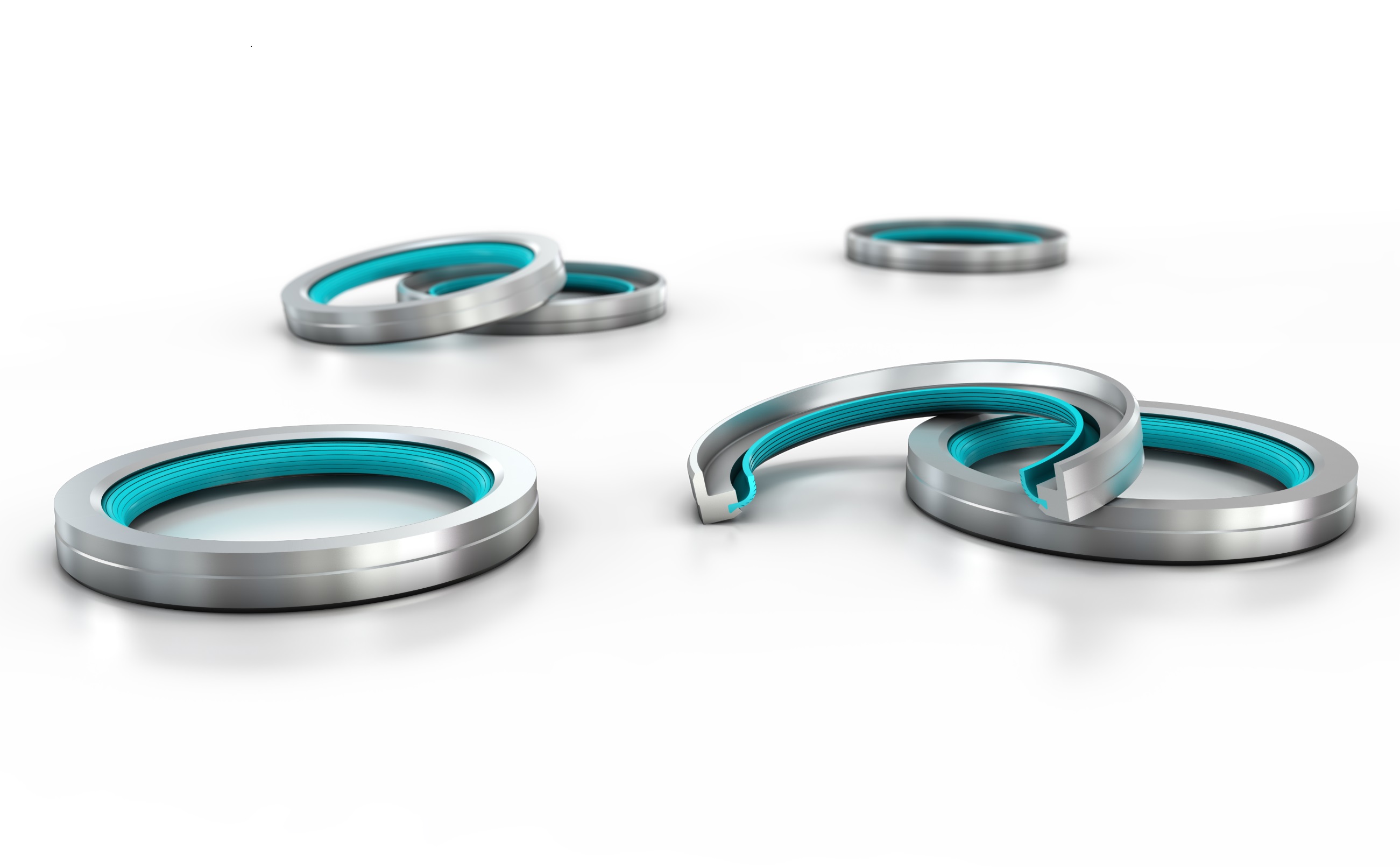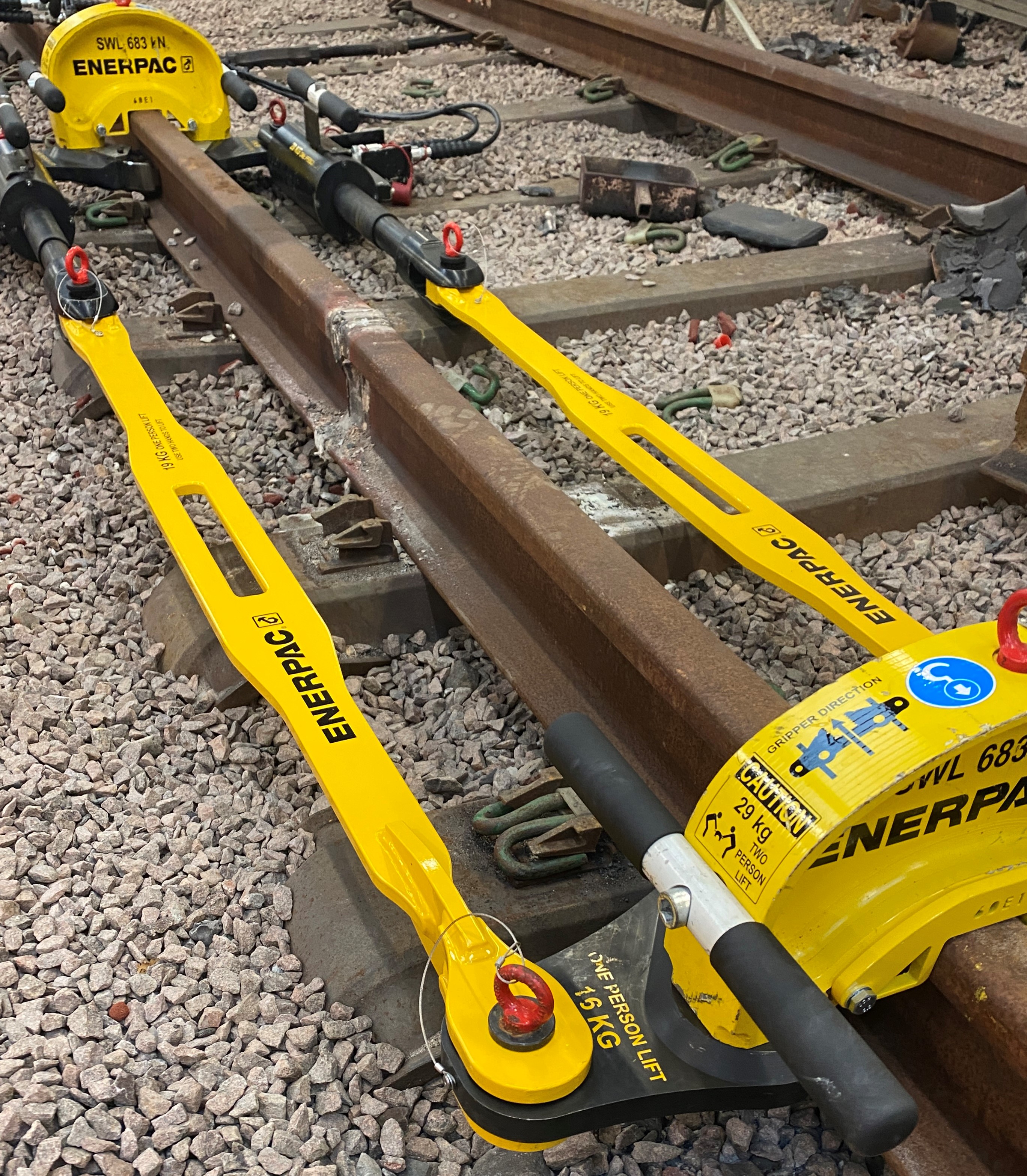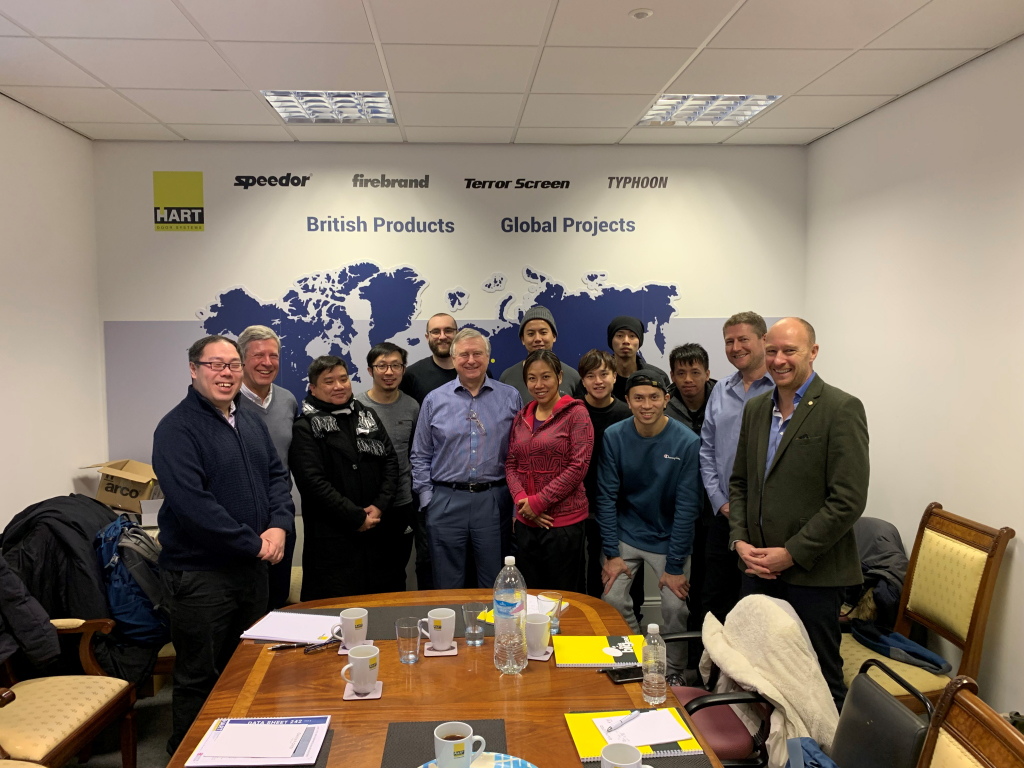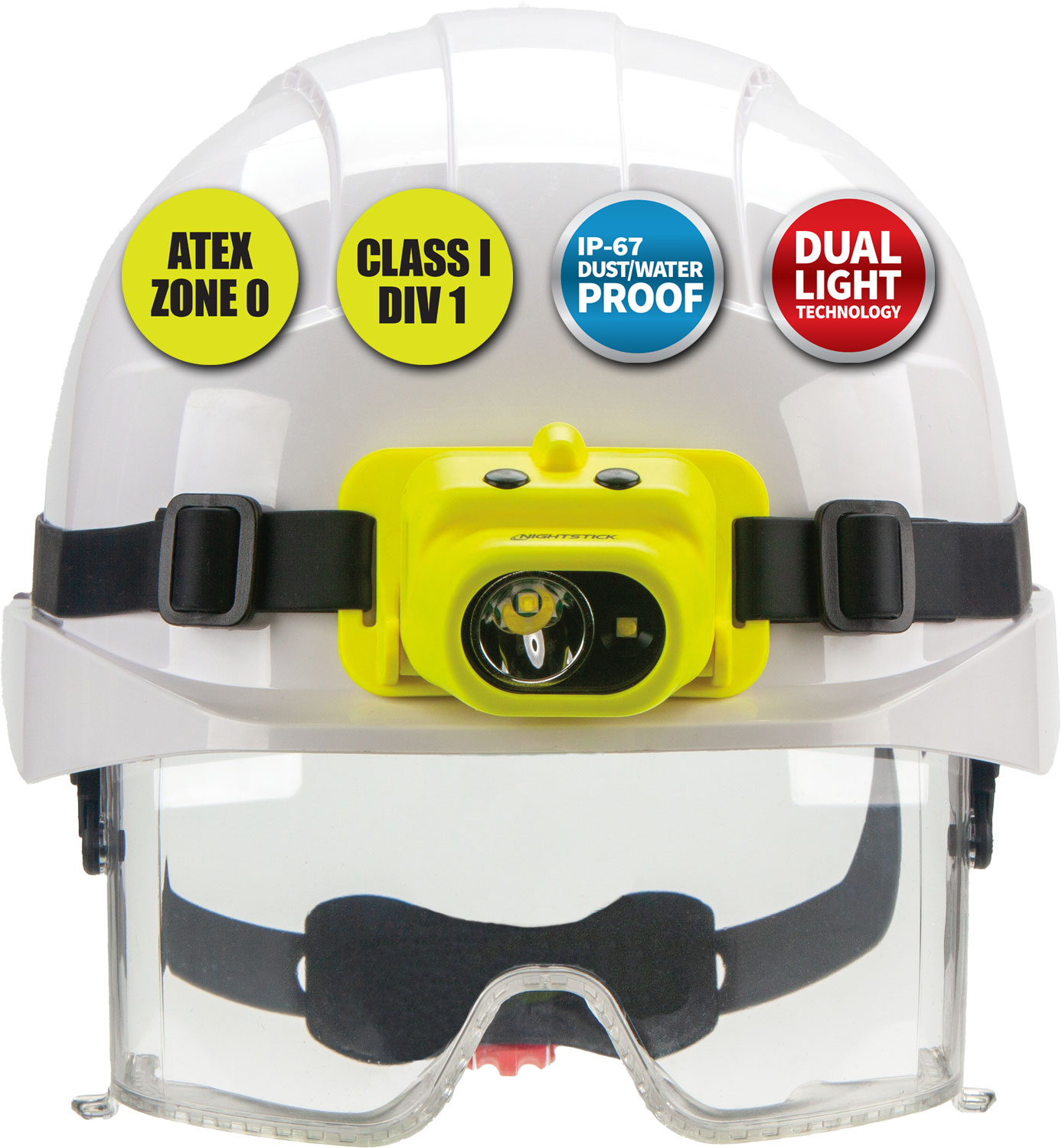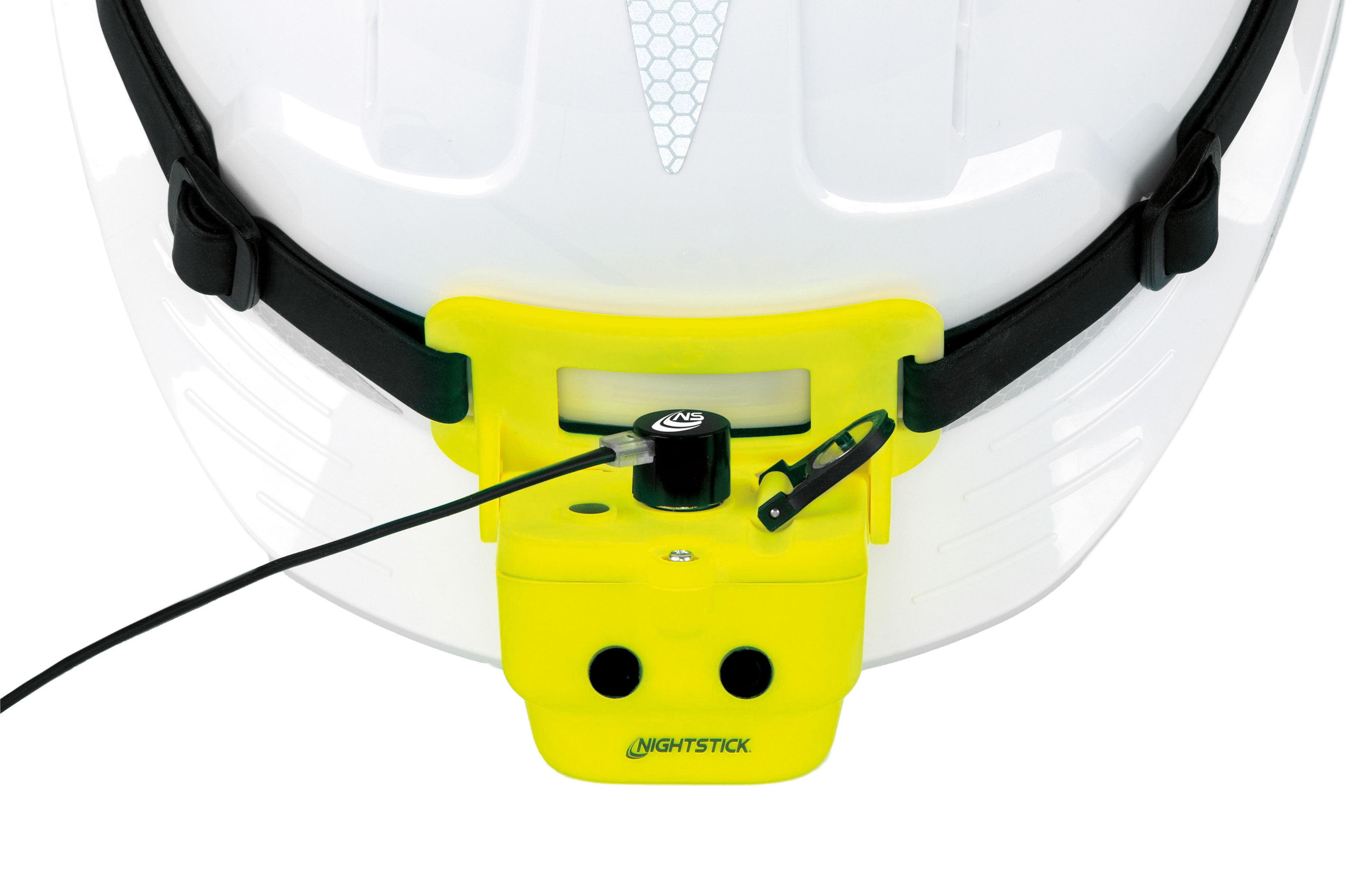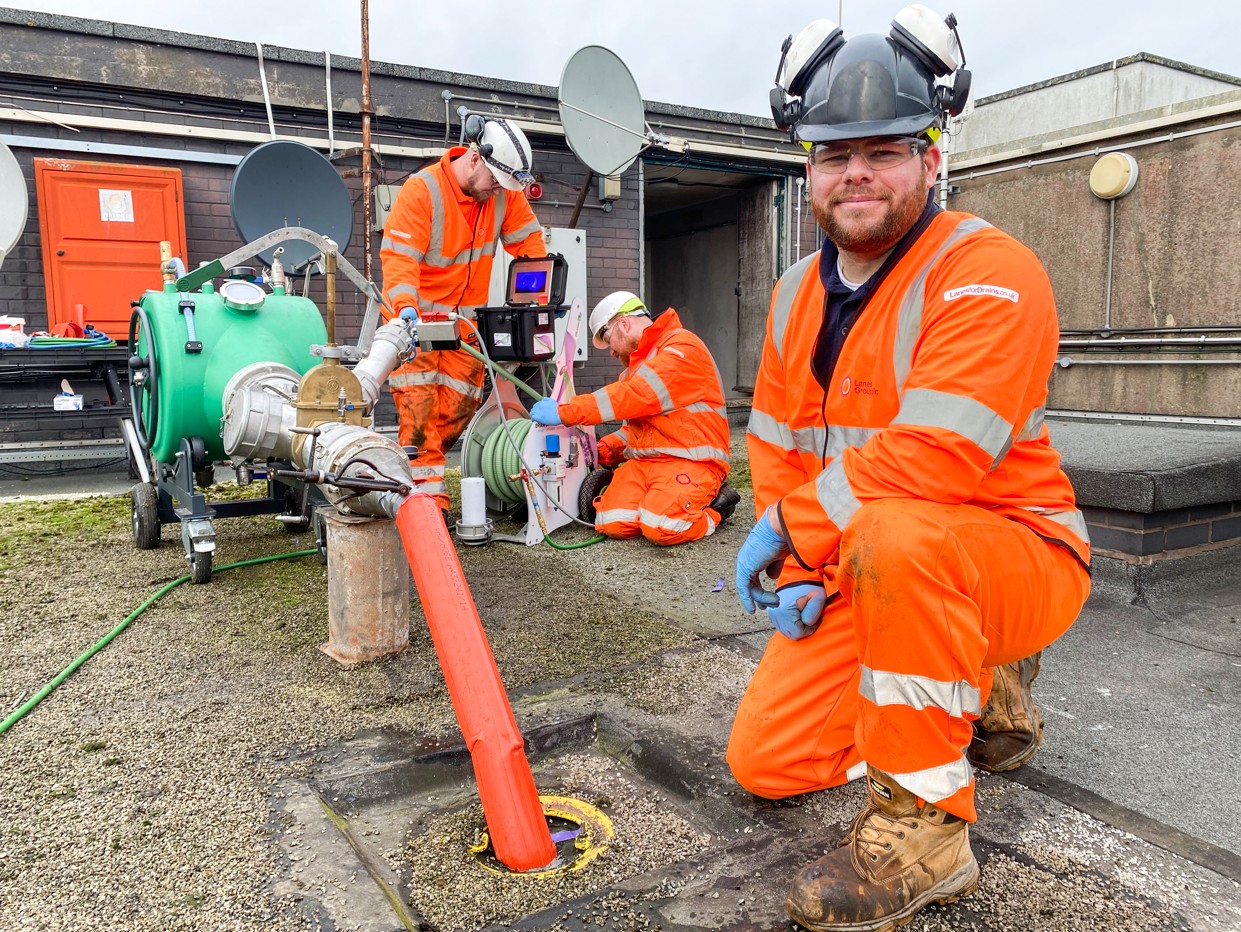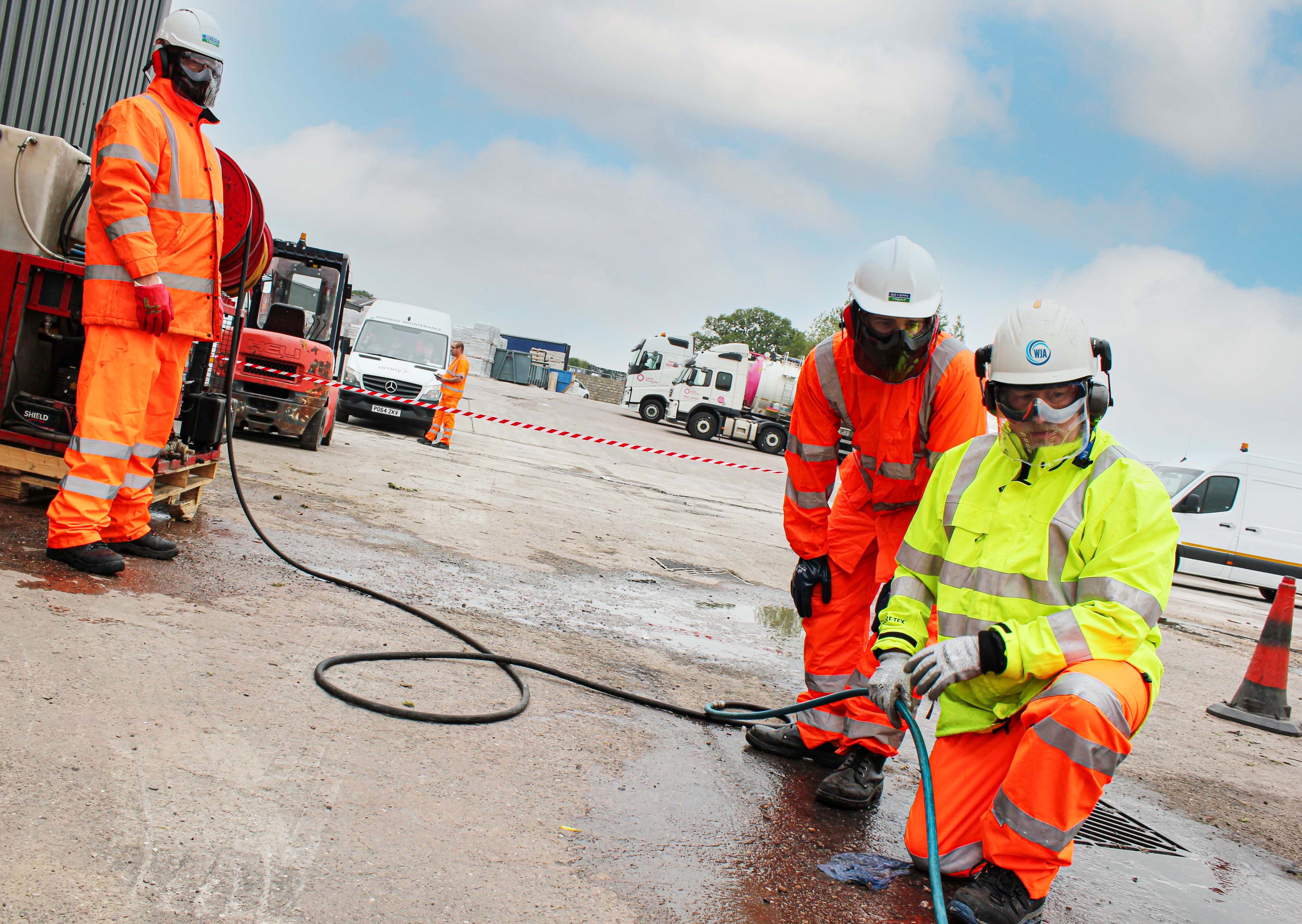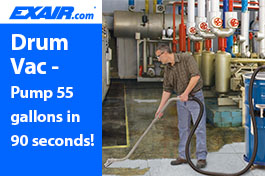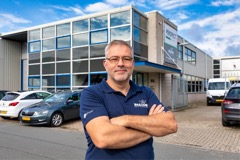
Figure 1: André van der Graaf, Product Manager, Perspect Benelux, outside the new SuperWrapII Training Centre
Belzona, global manufacturer of polymeric repair and protection materials, has opened its fifth SuperWrap II Training Centre on the European continent in partnership withits Dutch Distributor, Perspect Benelux.
Belzona SuperWrap II is a composite pipe and tank repair system, primarily used on damaged pipes and tank walls for a fast return-to-service. The system comprises of a fluid-grade epoxy resin, a reinforcement sheet based on fibre glass and carbon fibre, and a release film to consolidate repairs.
The pipe repair kit is available in three enhanced resins for application at different service temperatures, meaning that the solution can withstand temperatures between -60°C (-76 °F) and 150°C (302°F) once cured.
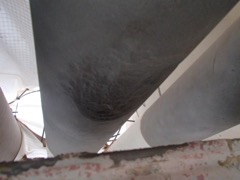
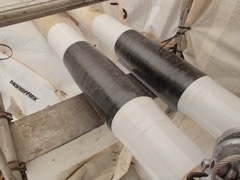
Figures 2 & 3: Before (left) and after (right) images of Belzona SuperWrap II being used to restore strength to corroded pipe walls
André van der Graaf, Product Manager at Perspect Benelux,responsible for training at the facility, said: “After an intensive course at Belzona’s training facility in Harrogate, I’m glad to share my knowledge on how to apply the Belzona SuperWrap II system as a fully certified trainer. We are working very hard to optimise our facility in Dordrecht, Netherlands, to receive interested parties on how to apply Belzona SuperWrap II incertified conditions.”
Perspect Benelux has obtained a wealth of experience inproviding for its customers in areas such as pipe repair and tank linings. The opening of the new certified Belzona SuperWrap II Training Centre will enable the Company to share its expertise with project leaders and maintenance colleagues.
In addition to the new centre in the Netherlands, SuperWrap II Supervisor and Installer Training is available in the European region at Beltech Solutions AS (Norway), Alliatech (France), Rodator (Spain) and B.S. Italia (Italy). An extensive range of courses is also offered at Belzona’s Corporate Headquarters in Harrogate (UK), Miami (USA), Ontario (Canada), Chonburi (Thailand) and Nanjing (China), ensuring consistently highapplication standards for Belzona solutions across the globe.
Meanwhile, Belzona recently opened its first training facility on African soil at AESSEAL, South Africa, ensuring that its Contractors can access a first class standard of training no matter where they are based.
Ian Wade, Belzona’s Technical Services Manager, said: “The opening of Belzona’s SuperWrap II Training Centres, which are an extension of Belzona Corporate training, will help ensure that Installer and Supervisor training is available in the region to ultimately grow the Belzona SuperWrap II systemwhile offering high end training and technical support.”
Since 2021, training standards are upheld by the Belzona Corporate SuperWrap II Trainer Committee which audits trainers and facilities, as well as internal staff, every two years to renew their SuperWrap accreditations.
All SuperWrap training is also carried out in line with ISO 24817 and ASME PCC-2, ensuring that applications are taught to industry recognised engineering standards, while the courses can be delivered in either English or the respective native language of each Centre to maximise accessibility.
Belzona’s Application and Training Programme promotes safe and successful applications of its products, building on over 70 years of experience by minimising failures and continuing to demonstrate innovation and expertise in industrial polymeric coatings.
For more information about Belzona’s Application and Training Programme, please click here: https://www.belzona.com/en/about/training.aspx
This article can alos be found in the issue below.

